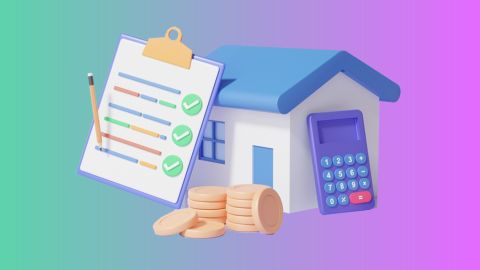This guide will take you through the key methods for transferring property after death, discuss the probate process, and explore alternative ways to bypass the formalities of probate, making the process more efficient for heirs and executors.
Understanding property transfer after death
The transfer of property after a person's death is governed by legal procedures that ensure the deceased’s assets are passed on to the rightful heirs. These processes can be smooth if the deceased has left clear instructions, such as in a will, or if legal documents are in place, like a trust. However, in the absence of such documents, property transfer after death can get complicated.The legal rights and responsibilities vary depending on whether there is a will or not. Property transfer after death can be undertaken in two primary ways:Through a willorwithout a will. The next sections discuss each method in detail.
Types of property transfer
Transfer through a willA will is a legal document in which a person specifies how their property and assets should be distributed after their death. It is the simplest and most preferred way of transferring property after death. The executor named in the will is responsible for ensuring the instructions are carried out.
Transfer without a will
If the deceased did not leave a will, the property is transferred according to the laws of intestate succession. In India, this typically involves the legal heirs (spouse, children, etc.) who will have to claim the property through a legal process.
Transfer through probate
In cases where the deceased has left a will, the property transfer process usually involves probate. Probate is the legal procedure of validating the will and ensuring its authenticity.
Transfer through a trust
A trust is another method for transferring property after death, often used to avoid the complexities of probate. If a person has set up a living trust, property will pass to the beneficiaries without the need for probate.
Transfer on death (TOD) deeds
Some properties may be transferred automatically to beneficiaries upon death through a TOD deed. This is more common for certain types of assets, like real estate, and bypasses probate.
Importance of a will in property transfer
A will is one of the most crucial documents in the property transfer process. It ensures that the deceased’s wishes are carried out precisely, preventing disputes among family members. When you have a valid will, the property transfer process becomes much smoother. The executor, appointed in the will, has the authority to handle all matters related to asset distribution, making it easier for the heirs.A will also provide clarity, reducing the chances of legal complications. Without a will, property is transferred based on the laws of intestate succession, which may not reflect the deceased's exact wishes. This can often lead to legal disputes among relatives.
Transfer of property after death without a will
If the deceased did not leave a will, property will be transferred through intestate succession laws. The legal heirs will need to approach the court to claim the property. This process can be lengthy and sometimes contentious, as all claimants will need to prove their right to inherit. One thing to keep in mind when transferring property after death without a will is the potential property tax implications. Property taxes and liabilities must be cleared before transferring ownership. It is important to consult with a legal professional to avoid complications related to property taxes during this process.The probate process
Probate is the court procedure used to validate the deceased’s will and ensure that assets are distributed according to the will’s provisions. During probate, the court will confirm the executor’s authority to distribute the deceased’s property.The probate process can take several months to complete, depending on the complexity of the estate and the presence of any disputes among heirs. For those wishing to avoid this lengthy process, alternatives likeTransfer on Death (TOD) deedsandtrustscan offer simpler options.
Alternatives to probate
While probate is often necessary for property transfer after death, there are alternatives that can expedite the process or eliminate the need for court intervention.- 1. Using Transfer on Death (TOD) Deeds
2. Establishing a trust
A trust allows you to transfer property after death without going through probate. When you establish a trust, the property is legally owned by the trust, and the beneficiaries receive the property according to the trust’s terms upon your death. This process is generally quicker and more private compared to probate.
Establishing a trust can also provide certain tax benefits and allow you to retain control over the property while you are alive. If you are considering a trust, it is important to consult with an estate planning attorney to ensure everything is set up correctly.




